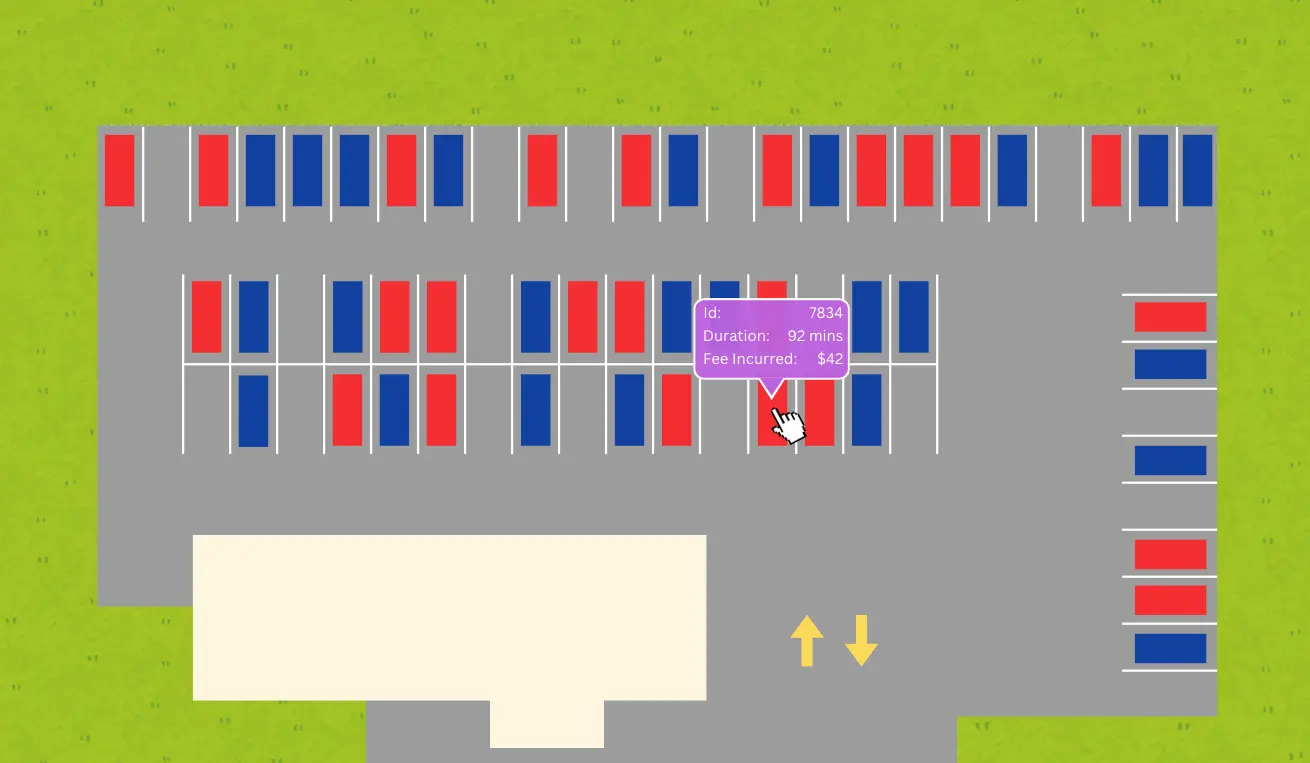Imagine trying to track dozens of similar-looking objects moving through a large facility with multiple areas and blind spots. Traditional methods involve manual searches, paper logs, and time-consuming inspections. Multi-camera multi-object tracking technology transforms this process by providing continuous, automated monitoring of all assets in real-time.
What Is Multi-Camera Multi-Object Tracking?
Multi-camera multi-object tracking is a technology that uses multiple interconnected cameras to monitor, identify, and follow numerous objects simultaneously across a facility, maintaining their identity even as they move between different camera views. Think of it as placing a virtual GPS tracker on every object the moment it enters your facility, without requiring any physical hardware installation.

Credit: Senquan Yang
The Technology: Beyond Simple Surveillance
The Limitations of Traditional Tracking
Traditional tracking systems face two fundamental challenges:
Single-camera blind spots: Conventional systems lose track of objects when they exit a camera's field of view, creating disconnected monitoring zones rather than seamless coverage.
Visual similarity problems: Systems that rely on appearance-based identification struggle when tracking multiple similar-looking objects (like identical vehicles, shipping containers, or equipment).
The Trajectory Tracking Breakthrough
Modern multi-camera systems overcome these limitations through trajectory-based tracking, which follows an object's movement path through three-dimensional space rather than relying solely on appearance. This approach is similar to how you might recognize a friend in a crowded space by following their continuous movement, even if you momentarily lose sight of their face.
Key Components of Multi-Camera Tracking
- Camera Calibration: The system maps every pixel in each camera's view to precise real-world coordinates, enabling accurate spatial tracking.
- Network Integration: Individual cameras are unified into a single coordinated system, creating seamless coverage across the entire monitored area.
- Object Detection: Computer vision algorithms identify and classify objects of interest in each camera view.
- Multi-Camera Fusion: Advanced algorithms maintain object identity as objects move between different camera views.
- Digital Representation: The system creates a comprehensive digital overview showing all tracked objects in real-time.

Business Impacts
1. From Manual to Automatic: Eliminating Physical Searches
The most immediate impact is the complete elimination of manual searches and inspections. When you need to locate a specific asset, the system provides its exact position instantly—reducing search times from 30+ minutes to mere seconds while dramatically improving operational efficiency.
2. Real-Time Operational Visibility
Multi-camera tracking provides comprehensive awareness of all assets and their movements. This real-time visibility enables better decision-making, more efficient space utilization, and improved responsiveness to changing conditions. Organizations using this technology typically report 15-25% improvements in space utilization and throughput capacity.
3. Data-Driven Insights
Beyond real-time tracking, these systems generate valuable historical data about movement patterns, dwell times, and space utilization. This information enables continuous operational improvement through data-driven analysis and decision-making that wasn't possible with manual tracking methods.
Implementation Without Disruption
Unlike hardware-based tracking solutions requiring extensive infrastructure deployment, multi-camera tracking systems typically leverage existing camera networks with minimal enhancements. Most implementations achieve full operational capability within 6-8 weeks, integrating seamlessly with existing management systems to ensure tracking data flows naturally into established operational workflows.
Applications Across Industries
This technology provides value in any environment where tracking multiple objects across large areas is challenging:
- Logistics yards tracking vehicles and containers
- Transportation hubs monitoring equipment and vehicles
- Industrial facilities tracking assets and equipment
- Construction sites managing machinery and materials